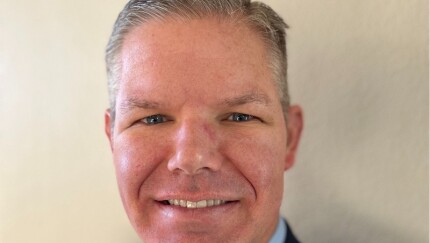WASHINGTON — Rapid RIA growth is straining the SEC's resources, forcing the agency to look again at outsourcing adviser examinations.
"I think that when our new commission gets together, they'll consider it," Jane Jarcho, deputy director of the Office of Compliance Inspections and Examinations, said during a panel discussion at the recent SEC Speaks conference.
But she cautions that such an initiative could backfire if the outside group performing those exams isn't integrated into the work of the in-house examiners.
"I think the most important thing for us is that if we get third-party exams that we get the information in a way that is useful for us," she said. "So it doesn't do us a lot of good to get 4,000 reports of third-party exams that we need to then spend half of our staff reading, right? It has to come to us in a way that is data that we can get through it so that it can help us."
The question of how to increase adviser exams has been a long-running subject of debate within the industry and government. Some
Over 200 RIAs have registered with the commission have registered since January, and about 300 since the November election, according to an SEC official.
FINITE RESOURCES
OCIE recently reorganized itself, shifting about 100 examiners from the brokerage wing of the shop to the RIA unit in a bid to keep up with that fast-growing sector.
"We're really working to be more efficient, more effective, with the limited resources we have," says Peter Driscoll, the acting director of OCIE. "It is something that we're very concerned about."

But Driscoll acknowledges that it's an uphill battle. Not only are the ranks of investment advisers growing as the business model gains market share at the expense of brokerages, but the recent run of strong markets has pushed more advisers over the $100 million threshold in assets under management that triggers the requirement to register with the SEC, as opposed to a state securities regulator.
In just the past two weeks, Driscoll says that 61 advisers have registered with the commission. More than 200 have registered since January, and about 300 since the November election, he says.
"That denominator continues to increase as the markets go up," Driscoll says. "So we're constantly fighting the growth."
Yes, AI is saving many advisors time and helping them reach prospects. But some say the rapid rate of adoption and automation could put them out of a job in the future.
Brett Griffin was given two months' notice that he would lose his job when Charles Schwab closed the office where he was working in Temecula, California. Now the firm accuses him of using some of that time to help move client data to a rival RIA.
Blake Roberts served as the Deputy General Counsel of the U.S. Department of Commerce from 2022 to 2025. He is a partner in the Washington office of Eversheds Sutherland.
Critics of OCIE have raised questions about the efficiency of the adviser exam regime, including some skeptical lawmakers who doubt if the answer to the problem is simply a bigger budget appropriation to allow the commission to hire more examiners.
Jarcho says that the metric that OCIE uses to gauge its productivity has actually been creeping up in recent years.
OCIE tallies the number of examinations that each examiner conducts in a year, Jarcho says. Last year, the agency conducted an average of 4.91 examinations per person, up from 4.31 for the prior year.
But even as OCIE strives to wring more productivity out of its finite resources, the division is mindful of the quality of the exams that it conducts. Jarcho says that the reason that the exams-per-examiner figure might seem relatively low is that commission staffers take a thorough look at the firms they visit.
"If Congress asked us to get to 10 exams per examiner, we could get to 10, but we couldn't conduct the same type of exam that we're conducting [now]," Jarcho says. "So we're looking for that right sweet spot."








